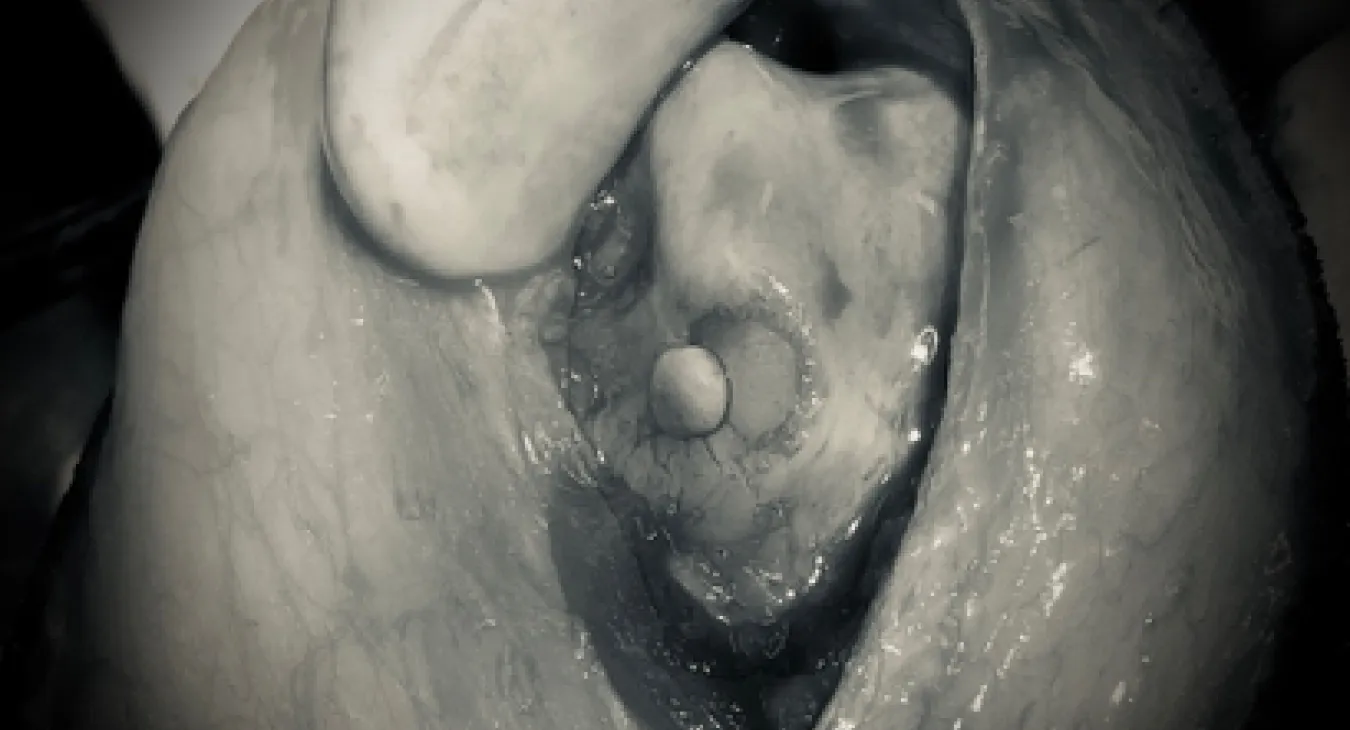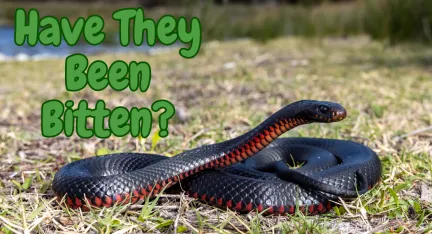Osteochondrosis is a disease that occurs in young growing dogs that results in an interruption to the normal growth of bone and cartilage in the joints. There are multiple forms of osteochondrosis and the resulting effects depend on several factors including:
- the joint/joints affected
- the location within the joint
- the severity of the defect
- the degree of arthritis present in the joint
- ununited anconeal process (elbows)
- Fragmented medial coronoid process (elbows)
- osteochondrosis dissecans commonly known as osetochondritis or OCD (it has nothing to do with obsessive compulsive disorder by the way). This can occur in any joint but the most commonly affected joints are the shoulder, elbow and stifle.
How does OCD develop?
As the bone if growing there is a disruption to the process and there is a defective area of bone which isn't calcified underlying a section of joint cartilage. With normal wear and tear on the joint pressure at this point tears the cartilage and eventually it will become fully detached. It will then float around in the joint and become calcified (we call it a joint mouse). The defective cartilage and resulting inflammation cause arthritis.Treatment for OCD
OCD is a painful condition not only because of the osteoarthritis that develops but also because the joint mouse causes pain as it is caught between structures. There are 2 phases to treatment:- surgically removing the defective cartilage or joint mouse, and then smoothing off the defect to allow new cartilage to form.
- management of the osteoarthritis that has developed as a consequence of the OCD.
Why does OCD develop?
There is not a single cause and effect for development of osetochondrosis. There are a number of factors that predispose to the development of oesteochondrosis though and some of them we are able to control to some degree. Despite this there will still be some dogs that develop osteochondrosis no matter what we do.Things that increase risk of developing osteochondrosis:
- being a large breed dog
- having closely related animals that have osteochondrosis
- rapid growth rate as a puppy
Things that can reduce the risk of developing osteochondrosis:
- feeding a large breed growth diet until adulthood (12 months for small to medium dogs and 18 months for large breeds)
- keeping puppies lean as they grow (this slows down their growth rate which helps to reduce the risk)
Read more articles
- Log in to post comments



